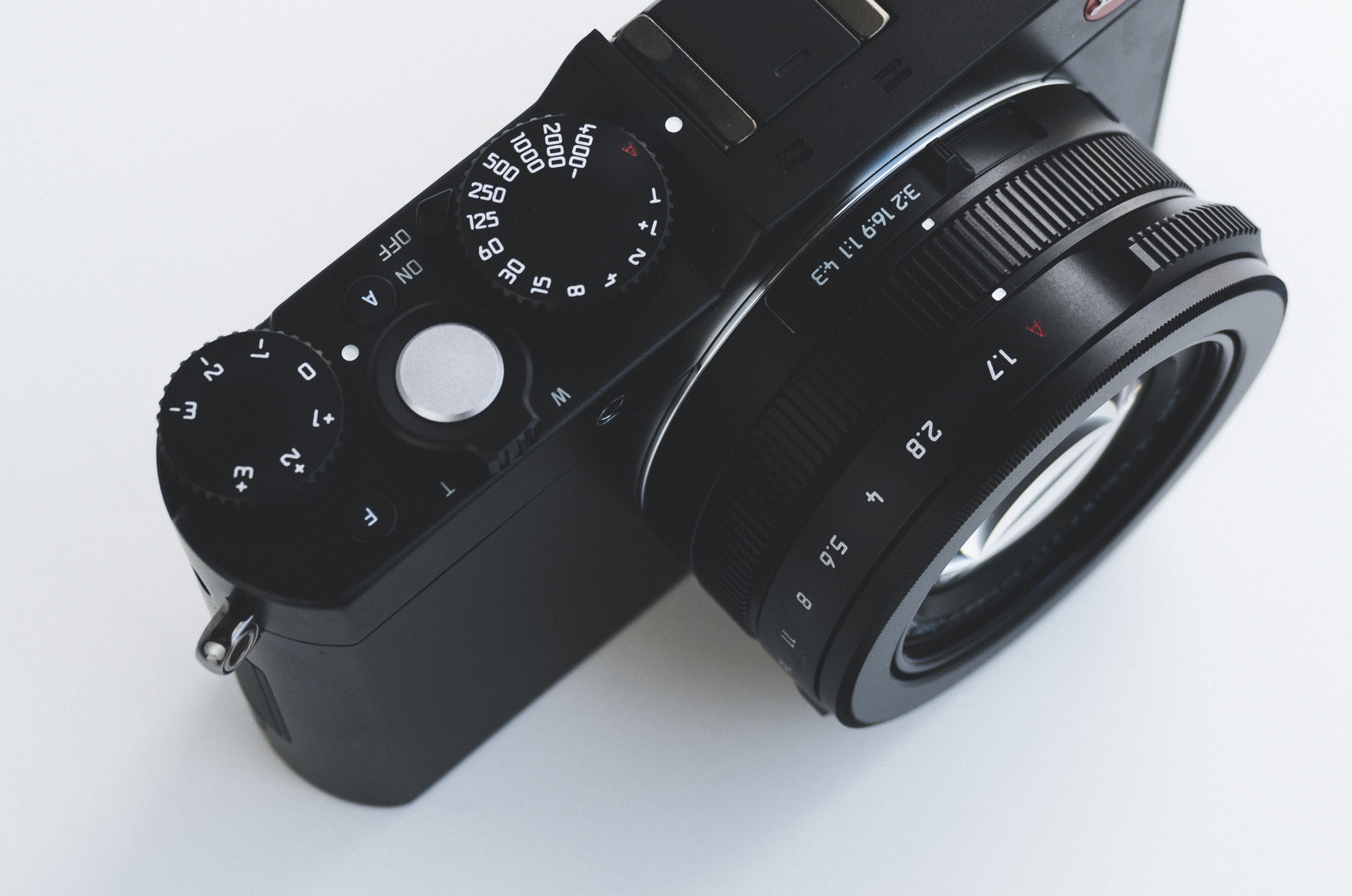HASSELBLAD X1D - Review and Sample Images
Hasselblad X1D image via Hasselblad's website
The Hasselblad X1D is revolutionary. Though it has been built around an existing Hasselblad 50 megapixel sensor, almost everything else is brand new. No more Sony Baloney from them. This is an actual new product. It's also a new product category, really, because it's technically "medium format mirrorless" which (other than in the film days) has not been done. In the hand, you can see they borrowed a bit from the design of the Leica T, but they've improved on the grip of that camera by making it rubber and also adding a nice "thumb bump" on the back.
It fits in the hand perfectly. It's relatively light. It's medium format. What's not to like?
Well, the interface is a bit odd and clunky. Keep in mind, I'm only using a pre-production (not final) version of the camera so I imagine they will iron out the quirks by the time you get one. That being said, I'll update this review once I'm able to use a finished version. Firmware will be an important part of this camera's success or failure.
The hardware seems great. If they can just get the software to work properly then this ought to be a great little camera.
Limited lens selection right now, and don't even think of putting Hasselblad's huge H series lenses on this camera, that defeats the purpose of it.
* If you are interested in ordering one, let me know. I work for an authorized Hasselblad dealer. There are no ads on my website because I am in professional camera sales, meaning I personally can handle any purchases you'd like to make. If you would like to speak on the phone or via email about what camera / lenses to get, simply Contact Me and we can talk.
This is a rolling review, as are most of the ones I publish. I work on them and add to them when I have time. More samples coming soon!
Quick snapshot out the window when I first picked up the camera.
** I apologize for the delay in posting more sample images. Unfortunately my access to the prototype has been limited lately. More photos will be posted as soon as I can get my hands on the camera **
These are samples from the Hasselblad 50c digital back, but not from the X1D... Still, it's the same sensor so I thought I'd include these for reference:
ISO 800 - Same sensor as the X1D
ISO 800 - Same sensor as the X1D
ISO 1600 - Same sensor as the X1D
ISO 1600 - Same sensor as the X1D
ISO 1600 - Same sensor as the X1D
ISO 1600 - Same sensor as the X1D
ISO 1600 - Same sensor as the X1D
ISO 1600 - Same sensor as the X1D
ISO 1600 - Same sensor as the X1D
* IMPORTANT: If you think you may want to buy an X1D once it is released, feel free to contact me and I'll add you to the waiting list at an authorized Hasselblad dealer (where I work). Yes, it helps me if you choose to give me your business but I still provide my honest opinions on the cameras and lenses I review. Thank you for your support!




